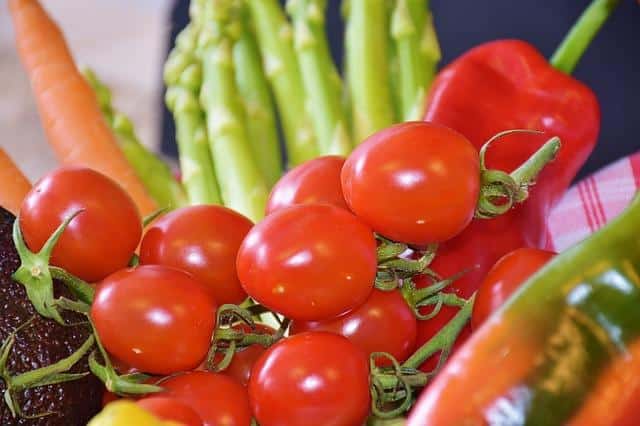Companion planting — the practice of intentionally planting two or more species in close proximity to each other — has many advantages.
Paired properly, companion plants can help each other grow, deter pests, reduce weeds and even improve flavor. Unfortunately, not all plants are ready to link leaves and sing “Kumbaya” together. In this post, we’ll look at vegetable pairs that should be kept far apart from one another.
1. Corn and tomatoes
While you’d think a common enemy would make for good friends, in the garden it’s usually a recipe for disaster. Both corn and tomato are vulnerable to the same worm and the same fungal infections and if planted too close together, it makes it easy for invaders to conquer both at once.
2. Cucumber and sage
It sounds like it should be the name of an enticing new lotion fragrance, but as friendly as they may seem in the cosmetics aisle, cucumber and sage have no business being together in the garden. In fact, cucumbers and almost all aromatic herbs have an antagonistic relationship. The strong scent of sage and other herbs are likely to affect the final flavor of the cucumber, resulting in an unpleasant off-taste.
3. Radishes and hyssop
Another herb-vegetable combination to avoid is radishes and hyssop. Hyssop is a fragrant flowering herb used to scent potpourri and prepare teas, but it also tends to wreak havoc with radishes. Don’t write off hyssop entirely, though — it’s great for luring away cabbage moths and is said to help make grapes grow.
4. Onions and peas
Mom may have spent a lot of time trying to talk you into eating the onions and peas hidden together in a casserole dish, but out in the garden you can keep them as far away from each other as you’d like.
This New All-Natural Fertilizer Doubles Garden Production!
In fact, the entire legume family and the entire allium family tend to “go Godfather” on each other, likely because onion (and its many relatives like shallots, leeks and garlic) set up root systems with large radii that have a tendency to hoard needed nutrients from beans and peas.
5. Tomatoes and potatoes
While it may be fun to say their names together, tomatoes and potatoes don’t belong together in the garden. Both are subject to the same early and late blights, making it easy for a problem with one to quickly become a problem for both.
6. Dill and carrots
Dill participates in some of the most complicated companion planting relationships you’re likely to find in the vegetable garden. Loved for its small yellow blossoms and bright perky flavor, dill will do great things for asparagus plants, broccoli plants and a wide range of others. On the other hand, it seriously inhibits carrots. Both part of the Umbelliferae family, dill can cross-pollinate with carrots to a disastrous end. Even more confusing? The relationship between dill and tomatoes. Planting dill and tomato together will benefit the tomato … at least until the dill reaches maturity, at which point it will start to stunt the growth of tomatoes and should be moved.
7. Strawberries and cabbage
Save any combination of strawberries and cabbage (and other brassicas like broccoli and cauliflower) for the salad bar. While strawberries appreciate the presence of onions, thyme, bean, and sage planted nearby, they get tired of having to call the cops on their pest-prone cabbage neighbors.
Although far from an exact science, keeping these neighbor no-nos in mind when planning your garden will help you get the most out of your garden space.
What would you add to our list? Share your advice in the section below:
Bust Inflation With A Low-Cost, High-Production Garden. Read More Here.
 Off The Grid News Better Ideas For Off The Grid Living
Off The Grid News Better Ideas For Off The Grid Living






